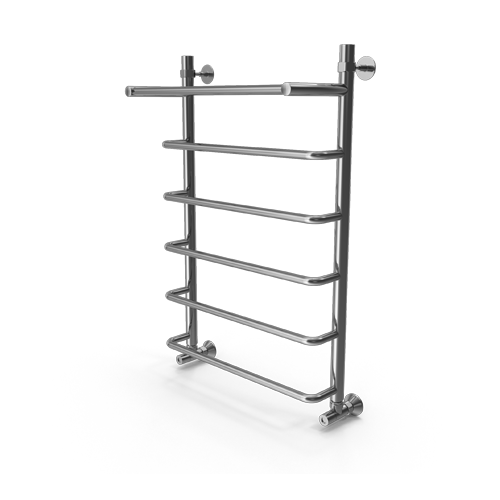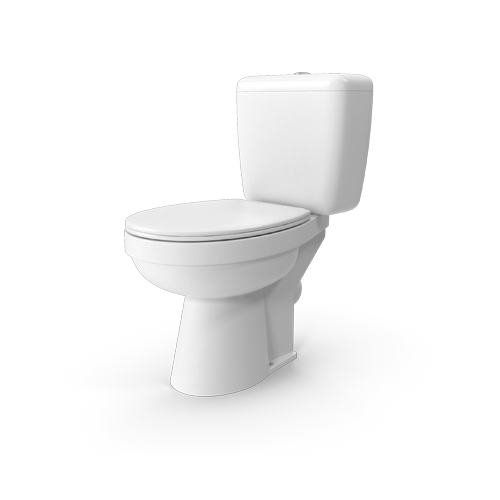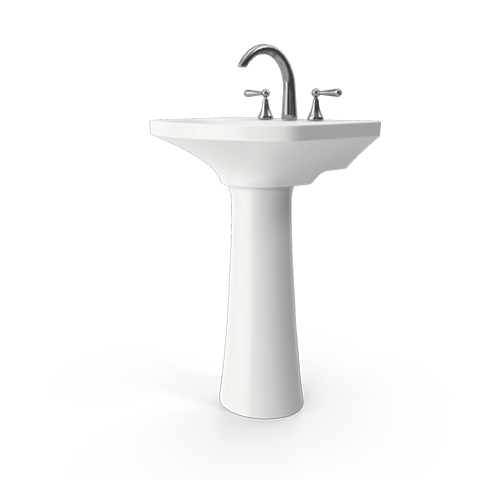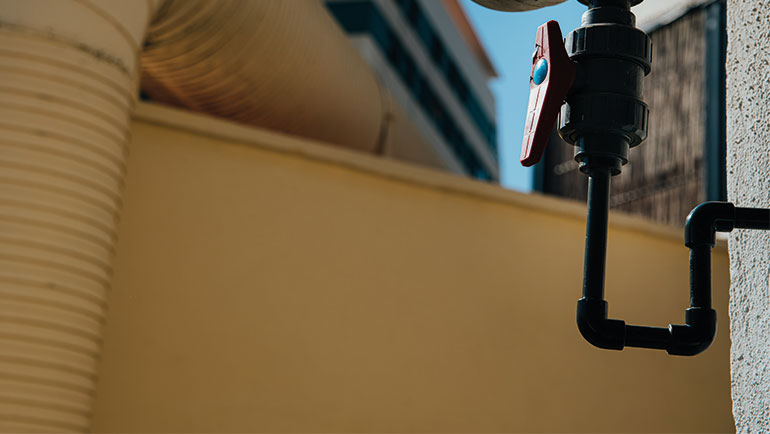5 Types of Stopcock Valve
Introduction
Stopcock valves are essential components in various industries, providing control and regulation of fluid flow within pipelines. They come in various designs, each catering to specific applications and requirements. In this blog post, we will explore the different types of stopcock valves and their functions, shedding light on the vital role they play in maintaining fluid flow and system integrity.
- Tapered Plug Stopcock Valve
- Ball Stopcock Valve
- Needle Stopcock Valve
- Plug Stopcock Valve
- Diaphragm Stopcock Valve
The tapered plug stopcock valve, commonly known as the globe valve, is one of the most traditional types of stopcock valves. It features a tapered, disk-like plug that fits into a matching seat within the valve body. As the handwheel is turned, the plug either moves away from or towards the seat, controlling the flow of fluid. Globe valves are suitable for throttling applications and offer good flow control, but they may have a higher pressure drop compared to other valve types.
The ball stopcock valve, often referred to as a ball valve, is a popular choice for shut-off applications. It features a spherical ball with a bore through its center. When the handle is turned to align the bore with the pipeline, fluid can flow freely. Conversely, rotating the handle 90 degrees closes the valve, stopping the flow completely. Ball valves are known for their quick and reliable operation and are often used in applications that require frequent on/off cycles.
The needle stopcock valve is designed for precise flow control. It has a long, tapered, and sharp-pointed needle that fits into a seat. As the handle is turned, the needle moves in and out of the seat, allowing for minute adjustments in the flow rate. Needle valves are commonly used in laboratories, medical equipment, and other applications where accurate control over flow is crucial.
The plug stopcock valve, also known as the cock valve, features a cylindrical or conical plug with a hole that aligns with the pipeline when opened. Like the ball valve, the plug valve offers quick shut-off capabilities. They are often used in applications where low cost and reliable operation are essential. Plug valves can be operated with minimal friction, making them ideal for applications requiring frequent opening and closing.
Diaphragm stopcock valves use a flexible diaphragm to control the flow of fluid. When the handwheel is turned, the diaphragm flexes, either allowing or obstructing the flow. These valves are commonly used in pharmaceutical and food processing industries, as the diaphragm design prevents contact between the fluid and any metal parts, ensuring sanitary operation.
Conclusion
Stopcock valves come in a variety of types, each tailored to specific applications and industry needs. From the precise flow control of the needle valve to the quick shut-off capabilities of the ball valve, choosing the right stopcock valve is crucial for maintaining efficient fluid flow and system integrity. By understanding the characteristics and functions of each type, engineers, and operators can make informed decisions to optimize their processes and ensure smooth operations.



